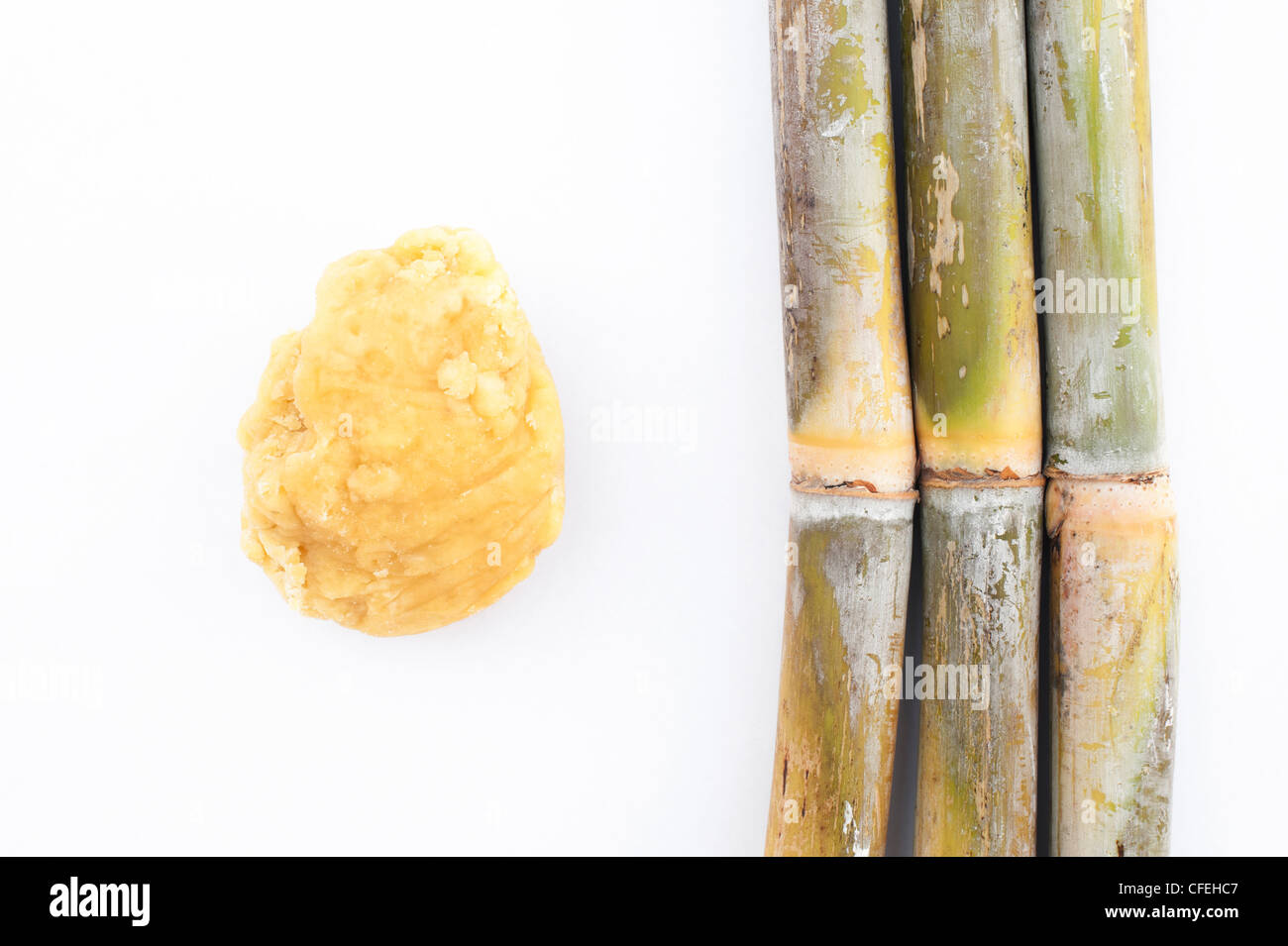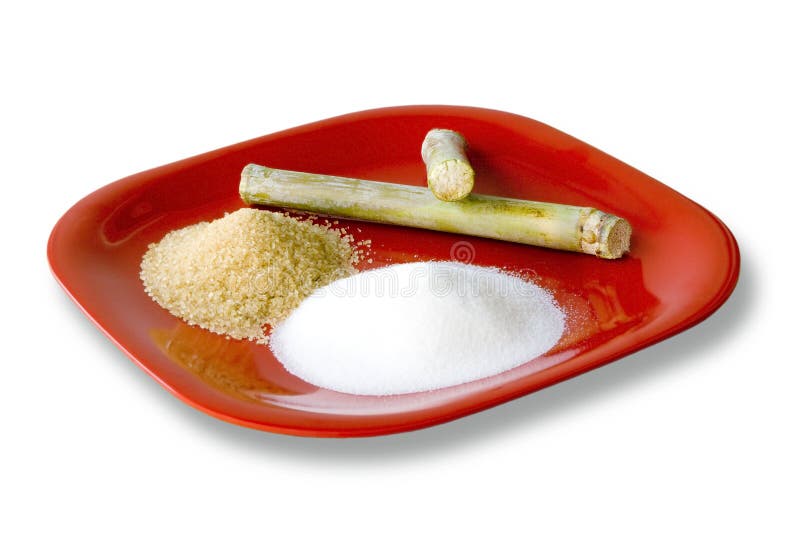Understanding the Production Process of Sugarcane Product for Buyers
Understanding the Production Process of Sugarcane Product for Buyers
Blog Article
The Trip of Sugarcane: From Harvest to Everyday Products
The journey of sugarcane is a diverse process that starts with thorough farming and finishes in a variety of items that penetrate our day-to-days live. From the minute the walking sticks are collected at their top sucrose degrees, they undergo a series of elaborate steps, including cleaning, crushing, and clarification. These procedures not only generate sugar yet additionally open a variety of by-products, such as ethanol and eco-friendly product packaging materials. As we check out the numerous elements of sugarcane's journey, its role in sustainability and the broader effects for our environment entered sharper emphasis. What exists beyond the wonderful surface?
Farming of Sugarcane
The farming of sugarcane is an important farming process that requires particular ecological conditions and monitoring techniques. Optimum development takes place in subtropical and exotic areas where temperatures range in between 20 ° C and 32 ° C. Adequate rainfall or watering is crucial, as sugarcane grows in moist dirt with well-drained problems (sugarcane product). Dirt top quality considerably influences yield; hence, farmers frequently conduct dirt examinations to identify nutrient needs
Growing normally occurs in rows, using stem cuttings referred to as setts, which are planted flat. This method promotes reliable gathering and optimizes sunshine direct exposure. Plant rotation and intercropping are recommended methods to enhance soil fertility and decrease insect infestations. Farmers utilize integrated pest monitoring techniques to decrease chemical inputs while ensuring healthy plant advancement.
Prompt application of these plant foods can considerably enhance sugar returns. On the whole, effective sugarcane farming hinges on a mix of ecological stewardship, critical planning, and continuous monitoring practices.
Collecting Techniques
Successful sugarcane cultivation culminates in the gathering phase, which is pivotal for maximizing yield and ensuring top quality. The timing of the harvest is essential; sugarcane is normally gathered when sucrose degrees peak, normally between 10 to 18 months after growing. This period varies based upon environment, soil type, and sugarcane variety.
Gathering techniques can be generally categorized right into handbook and mechanical methods. Hands-on harvesting is labor-intensive, relying upon skilled workers who utilize machetes to reduce the stalks short. This approach permits for selective harvesting, where just the ripest walking canes are chosen, thereby boosting total sugar content.
On the other hand, mechanical harvesting has actually acquired popularity because of its performance and cost-effectiveness. Specialized harvesters equipped with cutting knives and conveyor systems can refine huge areas rapidly, dramatically reducing labor expenses. Nonetheless, this strategy might bring about the incorporation of immature walking canes and a potential reduction in sugar quality.

No matter of the method utilized, guaranteeing that collected walking canes are transported quickly to refining centers is necessary. Prompt taking care of reduces spoilage and protects the integrity of the sugarcane, establishing the stage for ideal processing.
Processing Techniques
Handling sugarcane entails several essential actions that change the harvested stalks into useful items, largely sugar and molasses. The first phase is cleaning the cane to get rid of soil and particles, complied with by the extraction of juice via squashing or milling. This process normally uses hefty rollers that break the walking stick fibers to launch the pleasant fluid included within.
As soon as the juice is removed, it goes through information, where contaminations such as soil bits and bagasse are gotten rid of. This is frequently attained by adding lime and heating the juice, permitting sedimentation. The made clear juice is after that focused through dissipation, where water web content is lowered, resulting in a thick syrup.

Ultimately, the handling of sugarcane not only creates sugar and molasses but additionally prepares for numerous by-products, which will certainly be explored in subsequent conversations.
Products Derived From Sugarcane
Sugarcane is a functional plant that produces a large array of products beyond just sugar and molasses. Amongst the main spin-offs are ethanol and biofuels, which have obtained prestige as renewable resource resources. Ethanol, produced why not check here via the fermentation of sugarcane find this juice, serves as an alternative to nonrenewable fuel sources and is usually blended with gas to produce cleaner-burning fuels, reducing greenhouse gas discharges.
In addition, sugarcane is a substantial resource of bagasse, the fibrous residue remaining after juice removal. Bagasse is utilized in different applications, including the manufacturing of paper, eco-friendly packaging, and as a biomass gas for power generation. Its use not just decreases waste yet likewise improves the sustainability of sugarcane handling.
Additionally, sugarcane-derived products reach the food market, where it works as a natural flavoring representative and sweetener in different cooking applications. In the world of cosmetics, sugarcane removes are incorporated into skin care items because of their natural exfoliating properties.
Ecological Effect and Sustainability
The cultivation and processing of sugarcane have considerable effects for ecological sustainability. This plant calls for substantial water sources, typically causing deficiency of local water products and influencing bordering ecological communities. Additionally, using fertilizers and chemicals in sugarcane farming can cause dirt destruction and waterway air pollution, posing threats to biodiversity.

Sustainable sugarcane farming likewise advertises soil health and wellness through plant rotation and lowered husbandry, improving carbon sequestration. The adoption of these methods not only supports environmental stability however additionally improves the resilience of farming neighborhoods against climate modification.
Conclusion
In summary, the trip of sugarcane incorporates numerous stages from growing to processing, ultimately resulting in a broad variety of products. The value of sugarcane prolongs past mere read more sweeteners, adding to renewable resource through ethanol manufacturing, sustainable product packaging using bagasse, and natural extracts for cosmetics. This complex plant plays a critical role in both nutritional enrichment and environmental sustainability, highlighting its relevance in contemporary farming and industrial techniques.
Successful sugarcane farming finishes in the collecting phase, which is crucial for taking full advantage of yield and making certain quality. The timing of the harvest is crucial; sugarcane is normally harvested when sucrose degrees height, normally in between 10 to 18 months after growing.Handling sugarcane includes a number of vital actions that change the collected stalks into functional products, largely sugar and molasses.Sugarcane is a flexible plant that yields a large variety of items past just sugar and molasses. Additionally, the usage of fertilizers and chemicals in sugarcane farming can result in soil destruction and river air pollution, positioning dangers to biodiversity.
Report this page